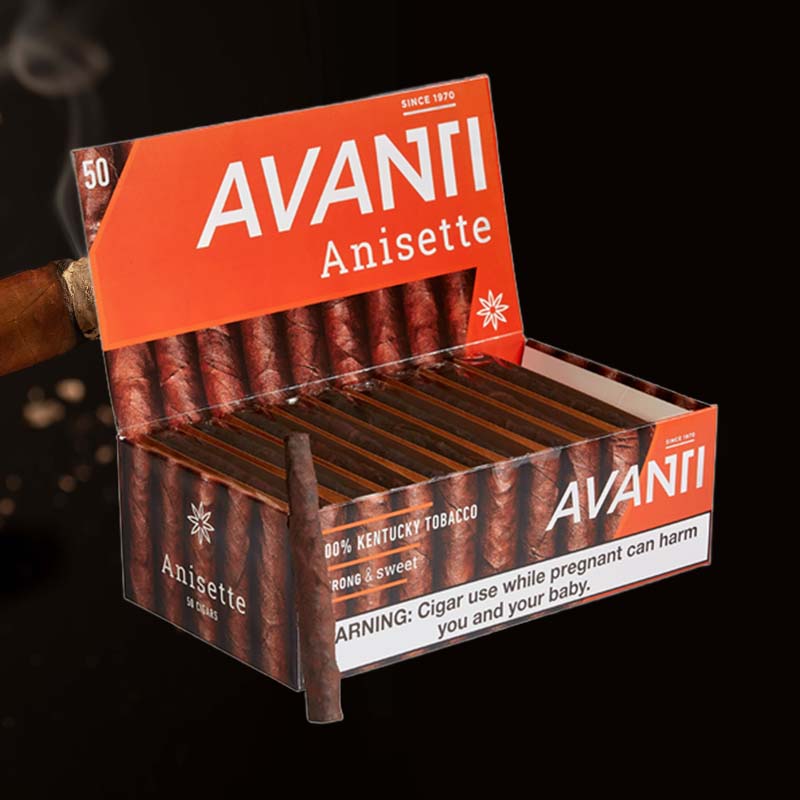How to light a welding torch
How to Light a Welding Torch
Lighting a welding torch can be an exhilarating yet daunting task, especially if you’re new to welding. I vividly remember the first time I stood before my torch, feeling a mix of excitement and apprehension. The hum of the gas, the sight of the equipment, and the promise of sparks flying intertwined to create an atmosphere that was almost electric. Let’s journey through the essential steps on how to light a welding torch safely and efficiently.
Steps for Lighting a Welding Torch
1. Give cylinders a once-over.
Before lighting, it’s crucial to inspect the oxygen and fuel gas cylinders. I usually look for any signs of rust or damage. Ensuring they’re secure and upright minimizes the risk of accidents. Knowing my equipment is in good condition gives me peace of mind as I proceed.
2. Check for torch damage.
A thorough examination of the torch coupled with the hoses is imperative. Twist and pull gently on the hoses, ensuring no leaks or cracks exist. The last thing I want during operation is a malfunction that could jeopardize my safety.
3. Install reverse flow check valves or flashback arrestors.
Incorporating these safety devices is non-negotiable. It protects against dangerous backflow situations, which can lead to ugly surprises. I feel a lot safer when I know these are in place, guarding me against potential hazards.
4. Confirm the work area is well ventilated.
Good ventilation is essential. I always make it a point to work outdoors or near open doors and windows to circulate the air. It reduces the effects of fumes and ensures my workspace is safe. Remember, safety comes first; creativity follows!
5. Slowly open the oxygen cylinder to blow out any debris.
I gently crack the oxygen cylinder valve open. This routine action helps to clear any obstructions that might have built up, ensuring a clear flow of gas when I ignite the torch.
6. Attach and tighten the regulators to the cylinders.
Next, I carefully connect the regulators to the gas cylinders. Using a wrench to tighten them ensures no leaks, safeguarding my workspace from unexpected dangers.
7. Install the hoses.
With the regulators secured, I attach the hoses to the torch and ensure they fit snugly. Loose connections are a major cause of leaks, and I want to avoid any mishaps!
8. Pressurize the system.
By slowly opening the cylinder valves, I gradually pressurize the system. This action builds anticipation, as I know I’m getting closer to lighting up the torch.
9. Leak test all connections.
I grab a soapy water solution to perform a leak test. Bubbles indicate a problem, and I take immediate action by tightening or resealing connections. It’s a simple step that gives me confidence before I light the torch.
10. Adjust the regulators for the tip being used.
Depending on the task ahead, whether welding or cutting, I adjust the regulators accordingly. The right flame is vital for achieving optimal efficiency and results.
11. Lighting the flame.
Now comes the moment of truth. I use a spark lighter or a flint lighter to ignite the flame. With the oxygen and fuel knobs opened a little, I strike the lighter and watch as the flame flickers to life. The warmth emanating from the torch ignites not just materials, but a sense of accomplishment!
Safety Precautions
General safety guidelines when using a welding torch.
Safety is paramount when welding. I ensure there are no flammable materials nearby, keep a fire extinguisher at hand, and most importantly, never leave the torch unattended.
Protective Equipment for Welders.
I always wear protective gloves, a welding helmet, and flame-resistant clothing. This gear not only adds safety but also enhances my confidence as I dive into my work.
Dangers of Neglecting Safety During Welding.
Neglecting safety protocols can lead to serious injuries, including burns and respiratory issues. Every time I gear up, I remind myself that prevention is far better than cure.
Common Issues and Solutions
How to handle leaks in the system.
If I detect a leak, I immediately shut off the gas, recheck connections, and replace any damaged parts. Time invested here ensures a safe operation later.
What to do when the torch won’t light.
If my torch refuses to ignite, I double-check my connections, ensure the gas is flowing, and confirm that the nozzle isn’t clogged. Persistence usually pays off here!
Adjusting the flame for optimal performance.
Flame adjustment is crucial for different welding applications. I tweak the regulators until I achieve a steady blue flame, optimal for welding success.
Tips for Efficient Welding
Choosing the right fuels for your welding torch.
For my projects, I prefer acetylene for its versatility and high flame temperature. It enables me to tackle a wide range of materials effortlessly.
Understanding the different types of flame.
I’ve learned that a neutral flame is my go-to for most welding tasks. Knowing how to adjust the flame setup for specific applications enhances my work’s quality.
Optimizing operating costs for welding projects.
Regular maintenance of equipment minimizes unexpected downtime. I find that keeping an organized workspace and tracking my supplies keeps costs down and efficiency up.
FAQs About Lighting a Welding Torch
What type of proper gas should be used?
For most applications, I recommend using acetylene as it pairs well with oxygen for optimal combustion.
How to clean the torch before use?
I regularly clean the tip with a wire brush and check for debris to ensure smooth operation each time I start welding.
When to seek professional help?
If I encounter persistent issues or safety concerns, I never hesitate to consult a professional to avoid any potential hazards.
Conclusion
Recap of the steps to light a welding torch safely and effectively.
In summary, lighting a welding torch requires careful attention to detail. From checking equipment to adjusting flames, each step is critical in fostering a safe and productive welding environment.
Further Resources
Links to additional reading materials.
I recommend checking out welding forums and manuals for deeper insights and expert advice.
Videos demonstrating the lighting process.
Watching tutorial videos can visually reinforce the steps I’ve discussed, providing a practical guide.
Reader Engagement
Share your success stories with lighting a welding torch.
I invite you to share your experiences and tips in the comments. Let’s learn from each other!
Ask questions or request help in the comments.
If you have any further questions, feel free to ask! I’m here to help.











